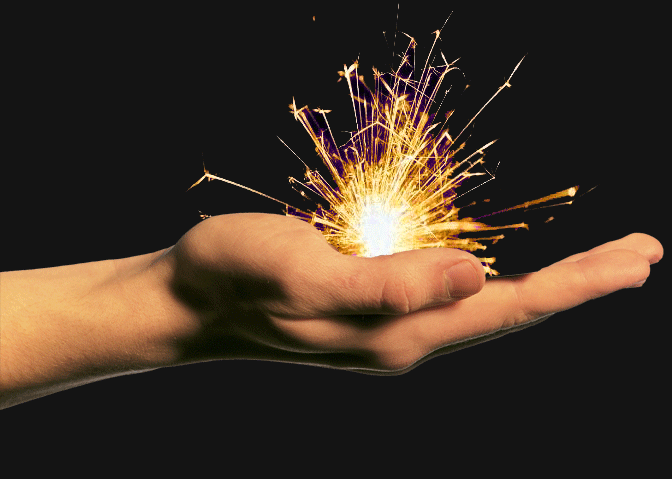
The flame of addiction burns in nearly 1 out of every 3 people (if one includes food addiction). This results in hundreds of thousands of deaths each year and great suffering for victims and their loved ones.
What is this flame? Addiction is in part a disease of dopamine dysregulation. Dopamine is the neurotransmitter that mediates motivation and drive. In addiction, victims experience strong compulsions to addict and cravings for the addictive object—either a substance or a behavior. In addition to this dopamine flame of cravings and compulsion, there is a failure to consider the anticipated pain of addicting that would put out the flame. Thus the flame burns until the pain is so great that people resist their cravings and compulsions on their own or with help. For some, the flame consumes them.
What sparks this flame? Pleasure. This might be getting drunk, getting high, having sex, or eating a piece of chocolate cake. Pleasure-inducing addictive objects cause a change in the brains of vulnerable people, leading to the unmodulated drive to addict along with the loss of restraint in the face of the pain of addicting.
Sometimes it only takes one spark to light the flame. This was the case with a young executive who tried oxycodone at a party. His euphoria was so intense that he found a way to buy heroin that night. A year later he was living under a bridge, his life destroyed by the flame of addiction.
For some people it takes several sparks over a period of time to light the flame. For these people the flame of addiction grows insidiously, the flame being too faint to be felt until it is too hot to be quenched. For this reason, I worry for my patients who drink and drug regularly. They are sparking the flame. For some the flame will grow and burn out of control. People who get high on drugs or alcohol to have fun need to learn how to have fun without the use of mind-altering substances.
What causes people to spark the flame? Pain. Addiction results from pain management gone awry.
The pain may be very subtle. For some it is the ordinary uneasiness of the universal desire for pleasure. It may be a fear of the pain of rejection, such as when teenagers smoke cannabis to gain acceptance of their peer group. Some people soothe the pain of inadequacy by buying expensive items to boost their status. This results in compulsive consumerism. Others seek out pleasure as a substitute for the lack of joy caused by uncultivated spirituality.
Others treat more severe pain with pleasure, leading to addiction. These pains include the pain of trauma and neglect, mental illness, medical illness, and stress.
Recovery is in part skillful pain management. People suffering from addiction learn better ways to manage their pain other than by using pleasure-inducing addictive objects. They stop sparking the flame. They renounce addicting.
People stop sparking the flame out of love for themselves. If they have been wounded, they may first need to learn to heal their self-hatred with self-love, tapping into the love that surrounds them. Self-love is the foundation of recovery.
The best treatment for addiction is prevention. If you are sparking the flame to manage your pain, stop. Pleasure is not an effective treatment for pain. Instead, get treatment. Reduce your stress, Take good care of yourself. Live a life of love and integrity. Solve your problems. Change what you can and accept the rest. Replace negativity with gratitude.
Commit yourself to learning to manage pain skillfully. Don’t let the flame of addiction take over your life.
Image from: https://www.shapingyouth.org/help-spark-a-name-for-the-sexualization-summit-to-ignite-change/.
Spread the word! Forward this blog to someone who might benefit. Sign up for Dr. McGee’s blog at https://drmichaelmcgee.com/blog/.
